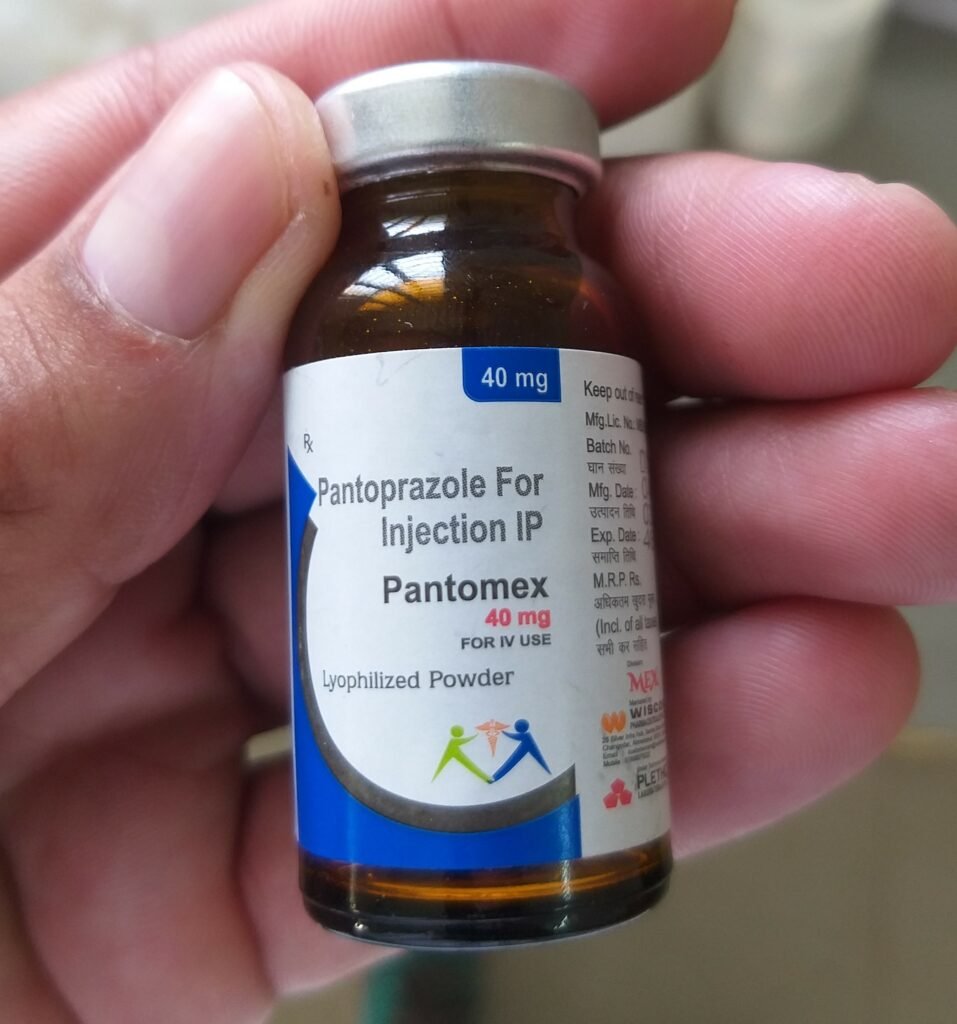TABLE OF CONTENTS
Tramadol
Tramadol is a Opioid Analgesic. It is used in dog, cats, horses, zoo and exotic animals to relieve from moderate to moderate severe pain.
Group
Tramadol is a Opioid Analgesic.
Mechanism of Action
Tramadol act by two way – one it is mu opioid receptor agonist and second it inhibit reuptake of serotonin (5-HT; 5-Hydroxytryptamine) and nor-epinephrine (NE).
Dose Rates
Dogs: 2-4 mg/kg PO, IV, IM, SC q12hr
Cats: 1-2 mg/kg PO, IV, IM, SC q12hr
Horses: 2-4 mg/kg PO, IV, IM, SC q12hr
When use IV route – consider lower dose, and for other routes higher dose can be used.
Indications
- Analgesia
- Cough in dogs
- Post operative analgesia
- Neoplasia
- Can be used with NSAIDs
Contraindications
- Higher dose in Pregnancy
- Epilepsy
Interactions
Use cautiously with drugs that have CNS depressing effects, such as opiates, alpha-2 agonists and serotonin uptake inhibitors. Tramadol may potentiate their actions in animals.
Adverse effects
Tramadol affects opiate receptors, serotonin and epinephrine levels in the body so opiate effects and serotonin effects usually seen as adverse effects. these listed below-
- Vomiting
- behaviour changes
- Excitement
- Depression
- Constipation
- Nausea
- Addiction
- Hallucination
- Seizures at high dose
Serotonin Syndrome
Tramadol has low affinity for mu opioid receptors and inhibits the reuptake of both norepinephrine and serotonin. Use of Tramadol increase Serotonin in the system by inhibiting reuptake of serotonin. this may cause Serotonin Syndrome.
Serotonin Syndrome Symptoms are Confusion, Behaviour changes, Mydriasis, Headache, Nausea, Vomiting, Diarrhoea, Seizures etc.
Toxicity
Naloxone is a antidote for Tramadol toxicity. It reverse depressant effects of opiate drugs.
Preparations
Injectables: 50mg/mL
Tablets: 50mg, 100mg
Information provided here may be subject to inaccuracies. Please consult a reputable textbook for verification before use. We welcome your feedback and suggestions for improvement via email at hello@vetscraft.com

